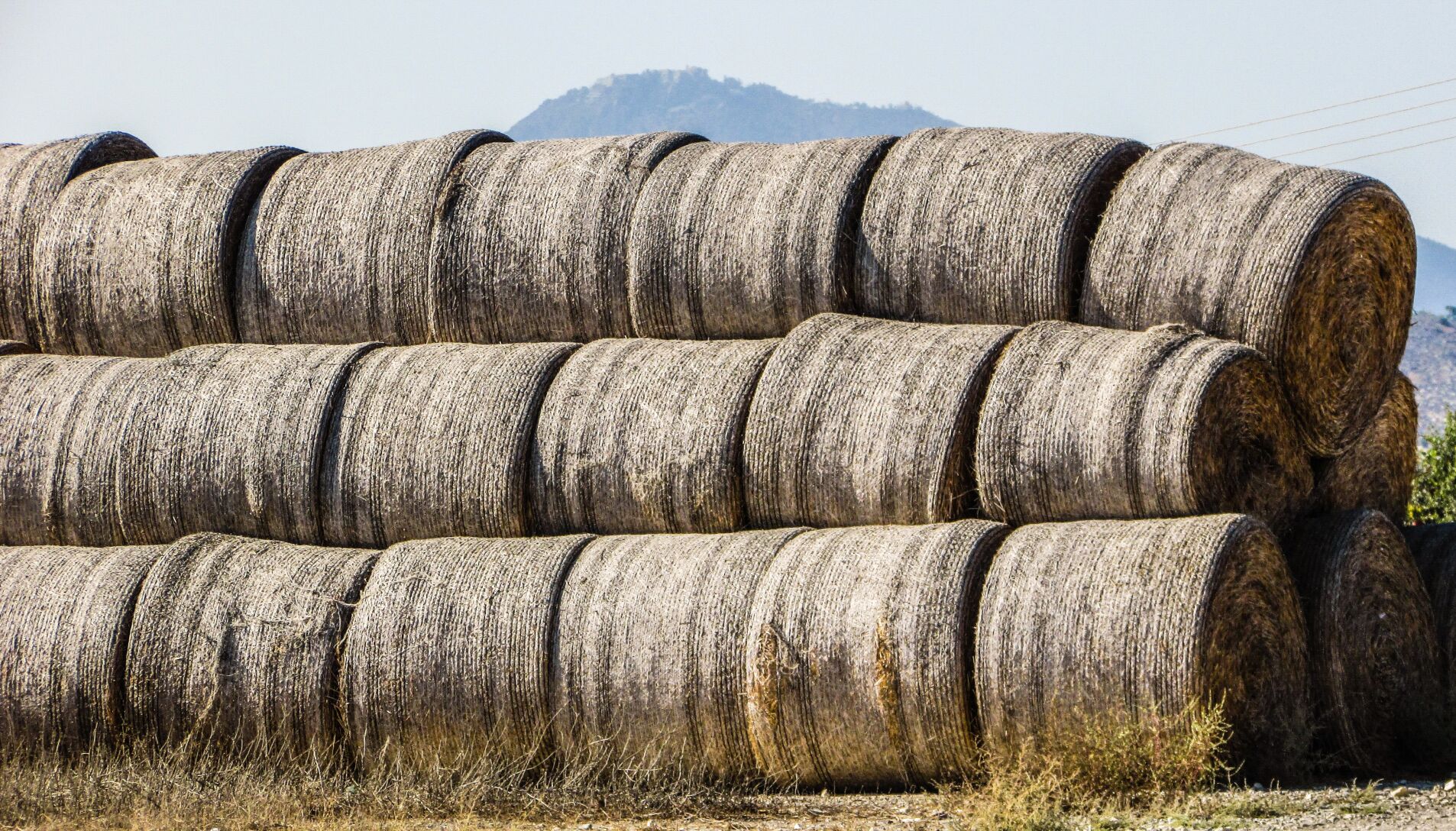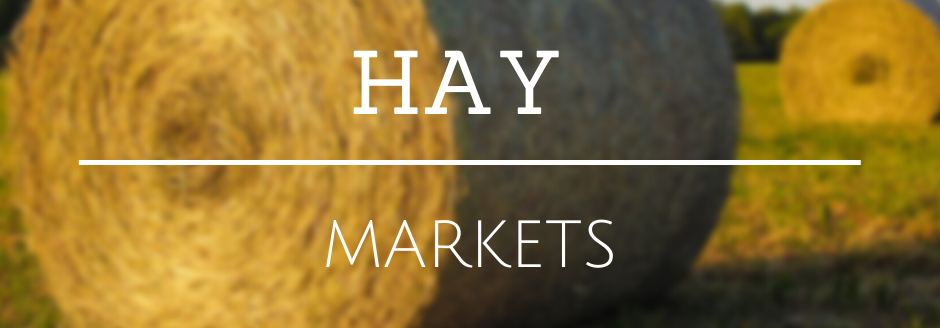State-By-State Hay Summary

Colorado—In the March 21 report, compared to the last report, trade activity light on light to moderate demand. Stable hay sold mostly steady. Bulk of hay moving are old contracts.
Missouri—In the March 21 report, compared to last report, the supply of hay is light to moderate; demand is moderate, prices are steady to weak. A cold front passed over the state and brought more seasonal weather this week. Given the much above normal temperatures and early growth the cooler weather comes with some concern about possible damage. It should also be no surprise that there were some reports of weevils showing up in alfalfa prior to the cold which will hopefully slow them down. Still a fair amount of hay moving as most producers are trying to keep grass from being over grazed to early. Despite some recent moisture the state remains dry.
Nebraska—In the March 14 report, compared to last report, ground and delivered hay and alfalfa pellets sold steady. Bales of grass hay and alfalfa at a standstill in the eastern and central areas. Out west, bales of dairy quality hay sold steady. Demand was very light in most areas. Many farmers continue to bale cornstalks off their fields before spring planting. There will be a lot of carry over roughages into the 2024 market. Which isn’t all bad as forages has been very tight in previous years. Next report will be released March 28.
Oklahoma—In the March 15 report, compared to the last report, the demand and trade remain low. The new crop hay season will be here in a few short weeks and many cattle producers are trying to stretch the hay they have left. Next report will be released March 29.
Texas—In the March 22 report, compared to last report, hay prices are mostly $10 to $20 lower on old crop hay. Trading activity was moderate on moderate demand. Hay prices are moving lower across most of the regions as first cutting is approximately 3 to 6 weeks away, so producers are looking to move old crop stock piles. Additionally, warmer temperatures and spotty moisture has pushed warm season grasses out of winter dormancy allowing for more grazing opportunities. Next report will be released April 5.
South Dakota—In the March 22 report, compared to last report, alfalfa hay weak, grass hay steady to weak, corn stalks steady to weak. Very little demand for alfalfa as this lack of the normal, harsh, winter weather has considerably lessened the need for alfalfa hay. Dairy operators are resistant to asking prices as their margins are poor due to low milk prices. More demand for grass hay, but still only moderate at best. Area hay auctions are seeing a lot of hay being offered and prices are weak, which is causing hay users to balk at what’s being offered to them in the country. A large winter storm is forecast to start this weekend, with an inch of rain or a foot or more of snow, depending on how cold it gets. Many days of rain chances after that in the 14 day forecast. Moisture will be welcome but 30 to 40 mph winds will make life miserable for those taking care of livestock.
New Mexico—In the Nov. 24, 2023 report, compared to last report, alfalfa hay steady. Trade active, demand good. The the state is 73% complete with fifth cutting, 54% with sixth cutting. Most parts of the state are wrapping up harvest for the season. According to New Mexico Crop Progress report as of Nov. 12, 2023. Hay and roughage supplies improved slightly from the previous week but remained in worse condition than prior years. Hay and roughage supplies were observed to be 25% very short, 42% short, 30% adequate, and 3% surplus. At 14% very short, 37% short, 45% adequate, and 4% surplus, stock water supplies were on par with the 5-year average. This is the last report for the season, reports will resume in spring 2024.
Wyoming—In the March 15 report, compared to last report, all reported hay sold steady on a thin test. Demand was light. Prospective buyers know there is quit a lot of lower quality hay around the state and are just holding off thinking it could get a little cheaper especially when new crop comes around. Some dairy buyers still procuring some high testing hay for dollar a point.
Montana—In the March 22 report, compared to last report, hay sold generally steady. Hay sales were very light this week. Light demand is being seen for feeder quality hay as ranchers continue to wait and see how much and if spring rains fall. Producers are content to sit on supplies as well, as many are betting on it being dry or in short supply somewhere in the state or surrounding states. Supplies of utility and fair quality hay are very high. Hay testing over 150 relative feed value is selling with the best demand as supplies of good and higher quality hay are the lightest. High test hay (premium and supreme) is in very short supply. The best demand for feeder quality (utility and fair) hay remains around $150/ton delivered. Demand for straw is light as heavy straw supplies continue to be seen especially in the northern portion of the state. Mild weather and not much snow has kept both straw and hay usage low. Single load sales of straw continue to move at steady money from time to time, however many producers have lowered asking prices in an attempt to move volume as supplies remain high.



